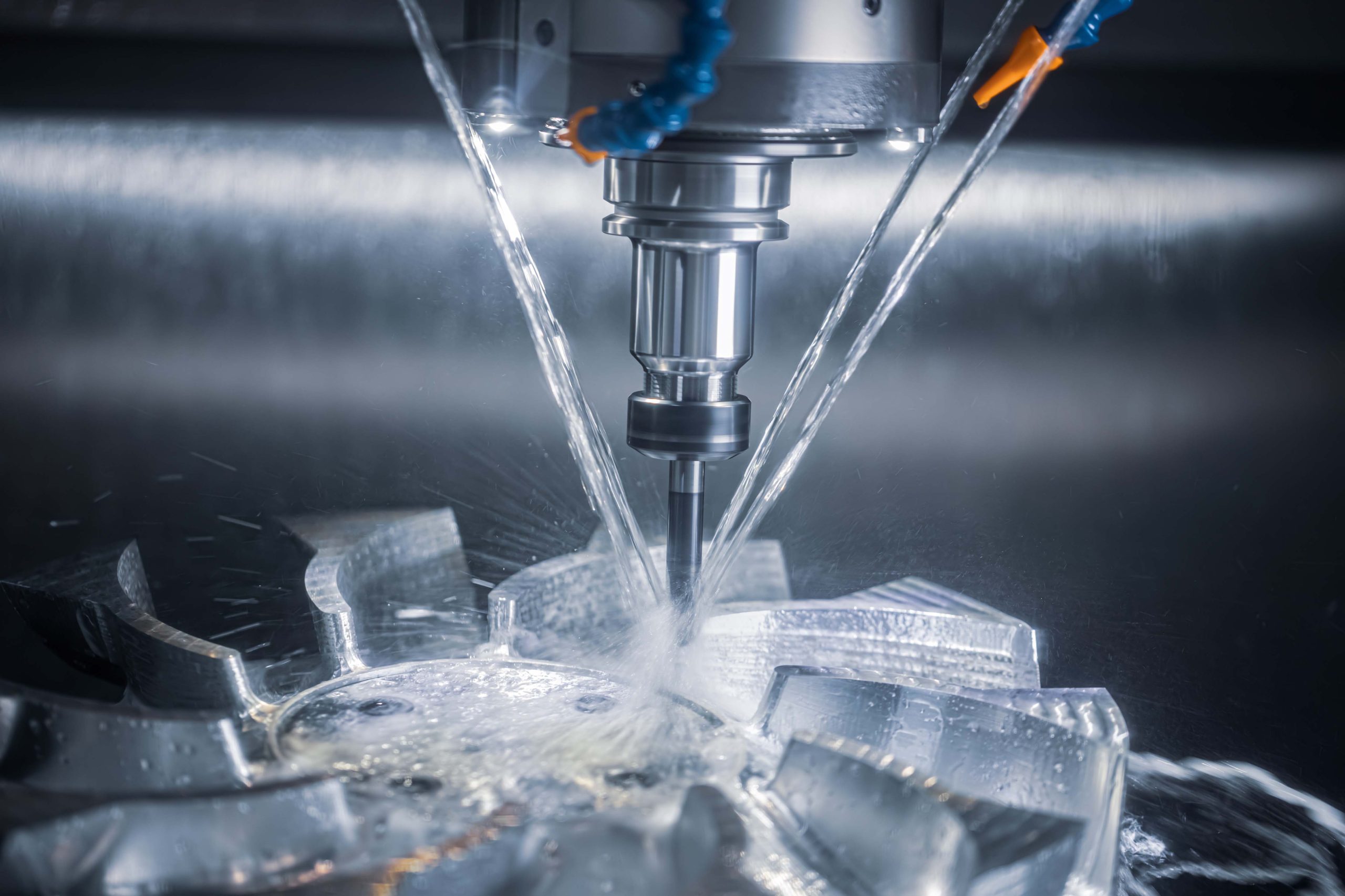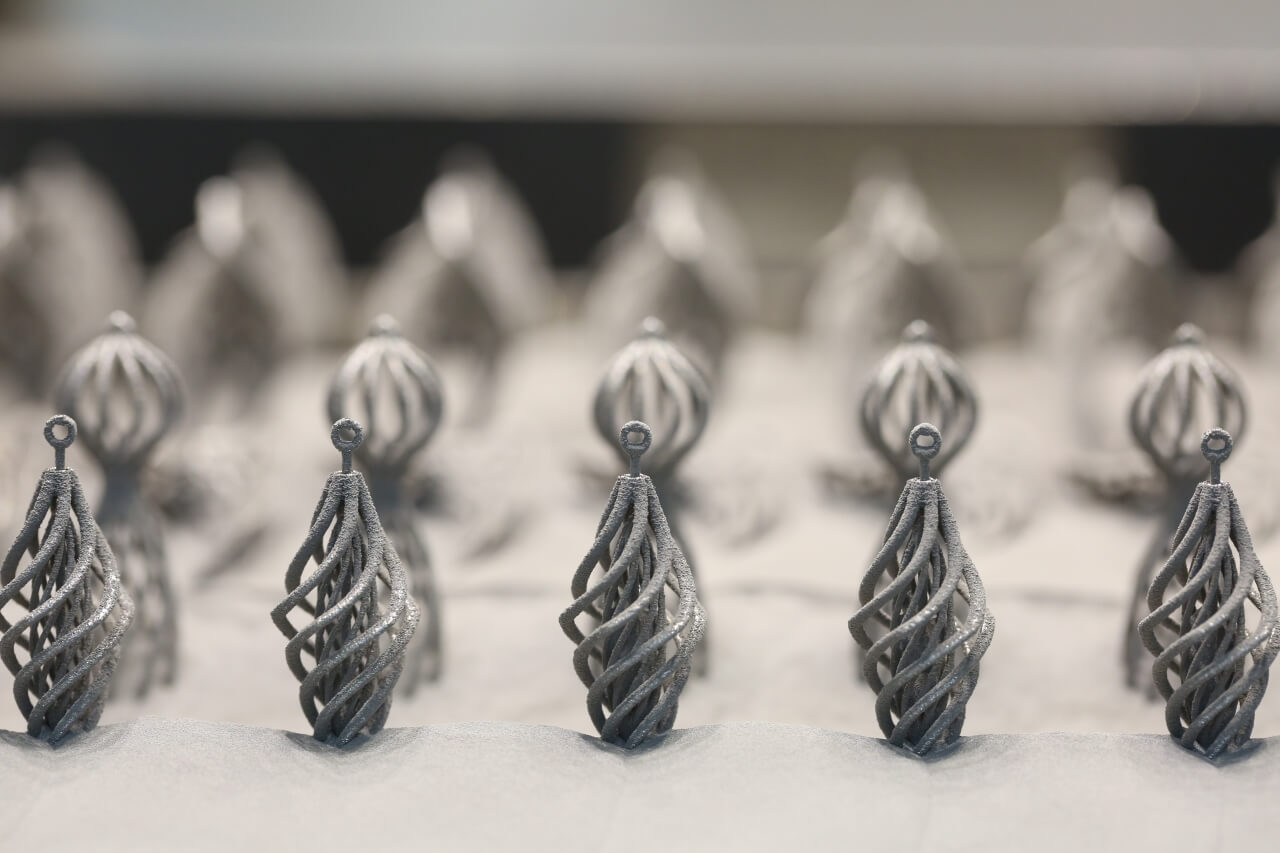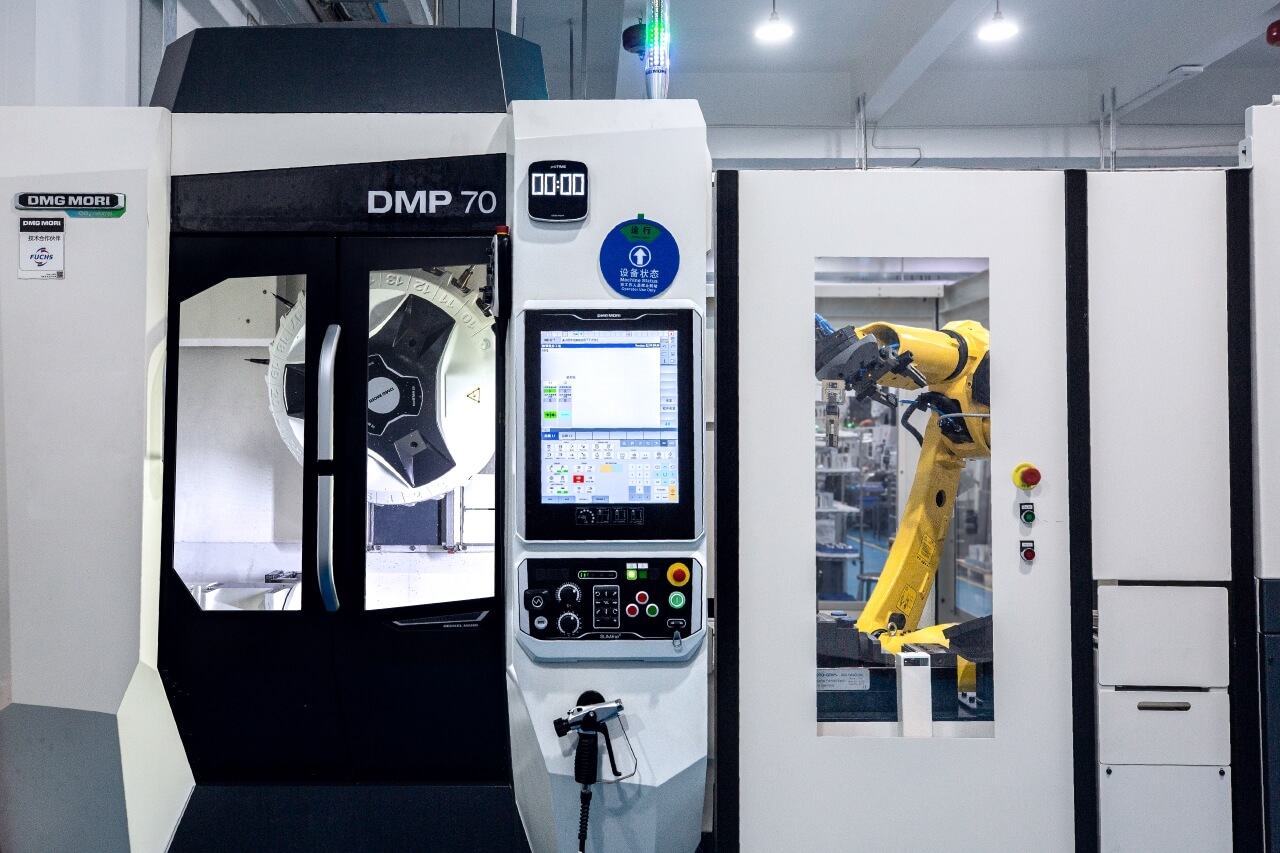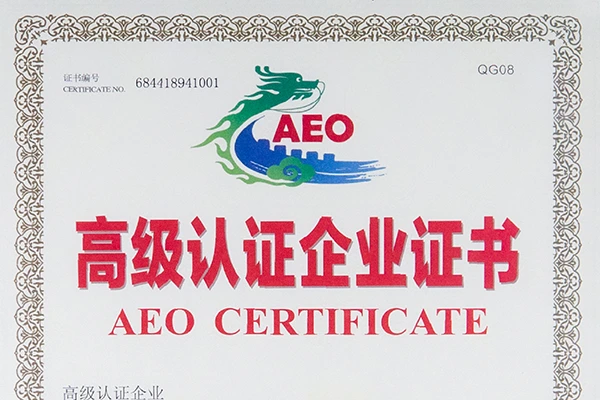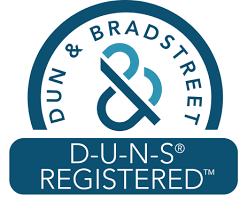3D printing in plastic began more than 35 years ago with the invention of stereolithography (SLA). Although there have been many developments in additive manufacturing since then, SLA is still a popular process for rapid prototyping. First let’s take a look at how the technology works, and then see why it may be a good option for your next project.
What is SLA?
SLA is a type of 3D printing that uses ultraviolet radiation to solidify a photo sensitive liquid resin. The resin is cured one layer at a time to make the final 3D shape.
Preparing Your SLA Product Design
The first step for any 3D printing job is to create a 3D CAD design of your part. This information is then fed into the printer, which uses software to slice this digital design into multiple two-dimensional layers. The printer mechanism controls the light source as well as the movement of the build platform.

Why Print Upside Down?
Some printers use “upside down” printing, meaning the finished part is built on the underside of the platform as it’s withdrawn from the liquid resin. The benefit to this orientation is that even a very tall part can be built from a shallow pool of resin, thereby saving material and cost. As the build platform is drawn upward from the tray, successive layers of resin are cured with a controlled light source which shines up from the bottom through a silicone window. The silicone window allows UV light to pass through for printing, but it’s also important for making an oxygen barrier layer between each successive solid layer.

What Is A Barrier Layer?
A barrier layer is a thin layer of oxygen between the solid layers of resin. This barrier layer creates a transition between the pattern of one layer and the corresponding pattern of the next and so helps the layers to be differentiated during the build.

A silicone window is used because it’s highly permeable to gaseous oxygen. Between each layer, the build platform is rotated to the side, away from the window and the light source, while also being raised the thickness of one layer. This gives time for a barrier to form above the window, and then the platform returns into position to print the next layer.

What Is Digital Light Processing?
Digital Light Processing uses a powerful LED lamp to generate a beam of light in a narrow band of UV radiation. This light is then directed onto a small electronic chip which is embedded with millions of tiny micro-mirrors. These mirrors are used to direct the light into the resin tank.

If a micro-mirror is in one position, it will bounce a dot of light from the LED lamp into the resin bath and that section will therefore become solid. If the mirror is turned aside, the light is reflected away and the resin at that spot remains a liquid. Each layer of the part is created with a slightly different light pattern as controlled by the mirrors.

Such a system is capable of a resolution of 50 microns in the X/Y plane.

What Is Photocuring Resin?
Light sensitive or photocuring resins are part of a group of compounds that change their structure in the presence of ultraviolet light. This is the secret to making this careful orchestration of light and chemistry work the way it does.

Resins are formulated with a balance of chemical compounds to provide various characteristics like optical clarity, strength and flexibility.

Additional additives, such as UV inhibitors, help to prevent excess resin from being photocured accidentally, thereby controlling the fidelity of the print.

Is SLA Right For You?
SLA can be a good choice for rapid prototypes for a couple of reasons. First, an SLA printed part is inexpensive and requires no fixed tooling. It’s fast, so a part can be printed in a matter of hours, and printing speeds are increasing with new machines like the CLIP printer from Carbon 3D. This makes SLA great for producing several design iterations in succession, a necessary step when going from initial prototypes to volume manufacturing. Also, if your design needs additional supports to hold it during printing, these can be easily removed by hand. And the chemical resin can be fine tuned to make parts that are soft and pliable or rigid, depending on your needs.
There are some drawbacks though. The resolution of layers is not especially good compared to other 3D printing processes, and nowhere near as accurate as plastic injection molding or CNC machining. In many cases the printed part needs to be sanded or otherwise post-processed if you’re looking for a more refined and finished appearance. And parts printed this way are not especially strong, so they’re not recommended for mechanical functionality.
Still, SLA has its greatest benefit to our customers as the ideal complement to vacuum casting. We use SLA to print vacuum casting master patterns, which we sand and paint before using them to make silicone molds. For this purpose the master doesn’t need to be especially strong or made from engineering-grade plastic, so SLA is fast and economical.

Still not sure if it’s right for you? When you contact us for a free quotation and project review, our technical experts will recommend the process that’s best for your application, budget and timeline.
*All images property of http://youtube/engineerguy. Used under Creative Commons Share Alike License 3.0.

